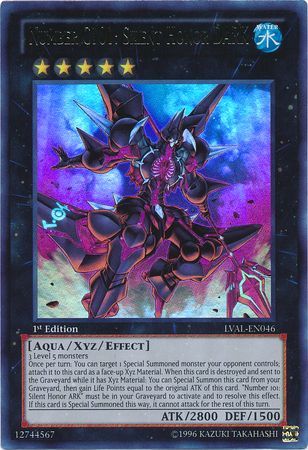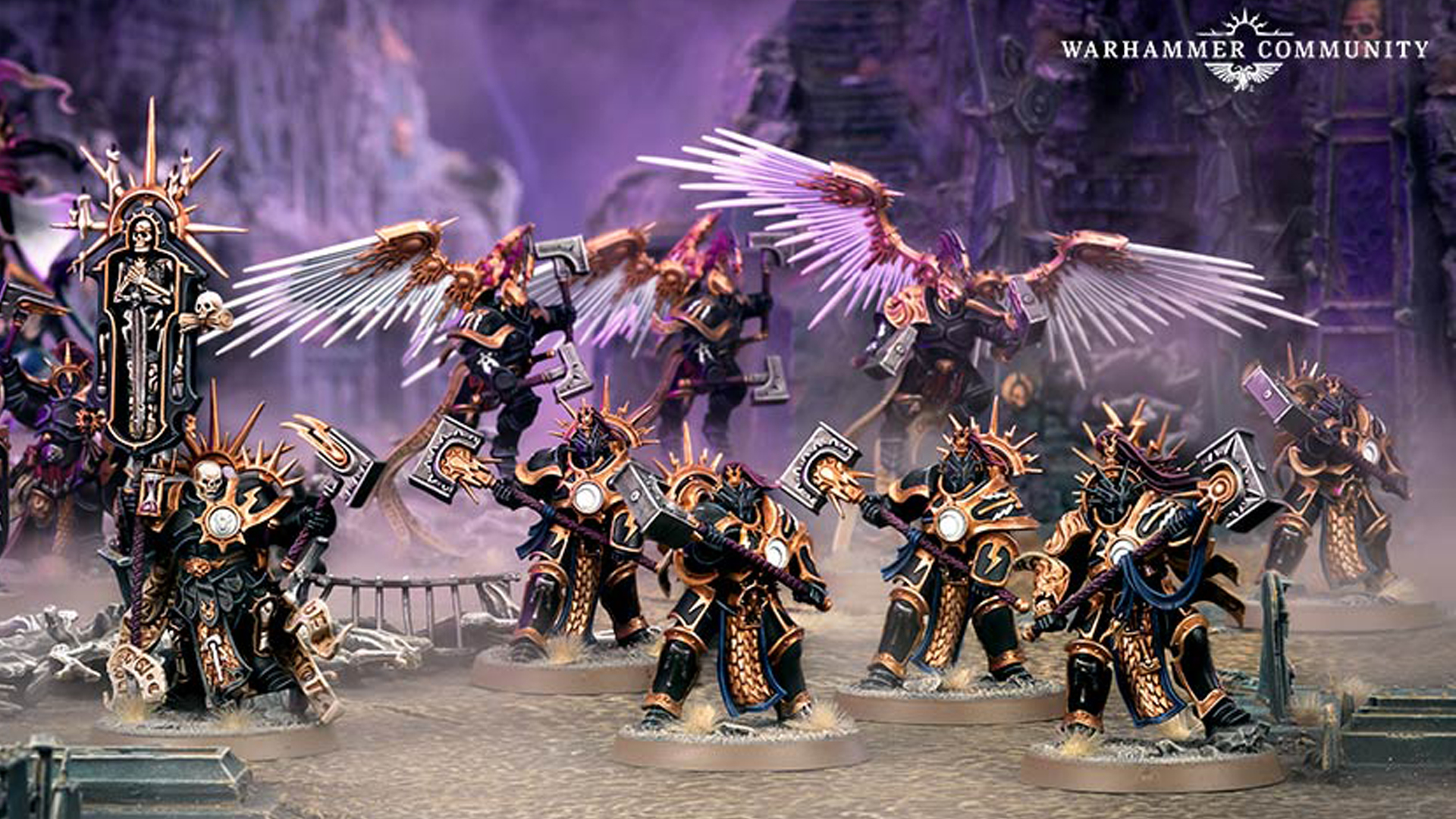
The problem is how often are you able to take advantage of this, given that enemy vehicles are often facing their targets? To achieve rear hits easily, attack an enemy tank from multiple different directions at once, restricting its ability to escape and heal. Vehicle armor is always weaker on the rear. Concentrate fire on one tank at a time rather than spreading your firepower against an dwriting building At a tactical level, the trick to using Tank Destroyers is making sure they can strike enemy tanks while remaining out of range of enemy units. These vehicles were especially designed for anti-tank combat and they’re best used behind your main line, well-supported by infantry. Instead, the Soviet SU-85 and German StuG can rely on their long range, high damage, and good ability to penetrate enemy tank armor. Unlike the combined arms approach, tank destroyers do not require your constant attention and control to perform effectively against enemy tanks.

When using vehicles of your own in this situation, try to stay reasonably close to your infantry and anti-tank guns so that all of the unit types can engage an enemy simultaneously. Place your anti-tank guns a far distance behind the front line so that they can attack without the risk of a counterattack. Make use of TrueSight by hiding your infantry behind buildings, hedges, or walls, so enemy tanks do not realize they’re moving into an ambush.

Coordinating an attack or defense using these three unit types requires that you consider the area where you intend to fight so that you can position your anti-tank guns and infantry optimally.


Infantry can be useful for damaging a tank’s engine, anti-tank guns can deal steady damage at long range, and tanks of your own can go in for the finishing blow. No matter how strong of a position you have on the battlefield, combined arms is always an option for countering tanks.


 0 kommentar(er)
0 kommentar(er)
